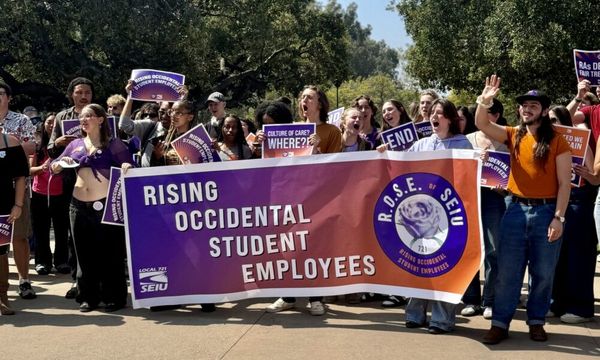
Meanwhile, US equities extended their losses on June 14 after a brutal selloff the day before confirmed a bear market in the S&P 500, as investors braced for an aggressive interest rate hike from the Federal Reserve this week.
How much rate hike is expected?
Markets are already pricing in a 95 percent possibility of another 50 basis point rate hike this time, according to CME Group. If the FOMC decides to raise the federal funds rate by another 50 basis points, the target rate will be between 1.25 and 1.50 percent. On the other hand, most Wall Street companies - including Goldman Sachs Group Inc, JPMorgan Chase & Co and Barclays Plc - expect the Federal Open Market Committee to raise rates 75 basis points.
However, DoubleLine Capital chief executive officer Jeffrey Gundlach believes it will be much higher. “The Federal Reserve should raise the Fed Funds rate to 3% tomorrow, in my opinion," Gundlach said in an earlier tweet.
Two more 50 basis point raises, according to Fed vice chair Lael Brainard, is "a reasonable kind of path." Additional 50 basis point hikes may be necessary until "compelling evidence that inflation is on the downward trajectory," according to Cleveland Fed president Loretta Mester. Governor Christopher Waller of the Federal Reserve said he would not rule out a 50-basis-point rate hike until inflation got "closer to our 2 percent target".
What are the triggers?
Inflation in the United States unexpectedly accelerated in May, putting pressure on the Federal Reserve to extend its aggressive string of interest-rate hikes. According to Labor Department data released on June 10, the consumer price index (CPI) jumped 8.6 percent from a year ago. The closely watched inflation indicator increased by 1% from a month ago, beating all expectations. The most significant contributors were shelter, food, and gas.
Following minor downward revisions to April statistics, the producer price index (PPI) for final demand in the United States increased by 0.8 percent in May. PPI rose 10.8 percent from a year ago, slightly less than the 10.9 percent gain predicted by economists. It had dropped from a high of 11.5 percent in March.
The Federal Reserve will also provide an update to its Summary of Economic Projections, which will illustrate where officials expect inflation, unemployment, growth, and borrowing prices to go in the next two years. What Powell and Co. have previously hinted at will be baked into those insights: they expect another large rate hike in July to tame inflation.
Three additional CPI data and three more personal consumption expenditures (PCE) indices, are scheduled to be released between June and September.
What is the future impact?
When the Federal Reserve raises rates, it effectively seeks to reduce the amount of money available for purchase. As a result, money becomes more expensive to obtain. Financial companies’ short-term borrowing rates will rise. This will have a knock-on effect on almost all other borrowing prices for businesses and consumers.
As bills become more expensive, households will have less spare income when their bills become more expensive. Businesses' sales and earnings fall when consumers have less discretionary spending money.
Buying a house or a car, or buying things with a credit card will become more taxing. In short, paying any sort of debt will become more expensive. Also, savings accounts will be affected by higher interest rates. When the interest rates are raised, banks respond by boosting the amount you earn on your deposit accounts.
Higher interest rates on the market might be detrimental to the stock market. For public companies, higher costs and fewer business could result in decreased revenues and earnings, thus affecting their growth rate and stock values.
Existing bond prices will plummet instantly. Existing bonds will lose value as a result of the higher overall rates, making their lower interest rate payments more tempting to investors.
Impact on India
Higher interest rates in the United States would cause foreign institutional investors to pull out of emerging nations like India. FIIs are anticipated to have sold over $29 billion in shares so far in fiscal year 2021-22, with more than 80% of those sales occurring between October 2021 and February 2022.
The rupee-dollar exchange rate will have a negative impact, causing the rupee to depreciate. Subsequently, prices of oil and raw material imports will be more expensive. It will also mean higher imported inflation and manufacturing costs, as well as increased retail inflation.







